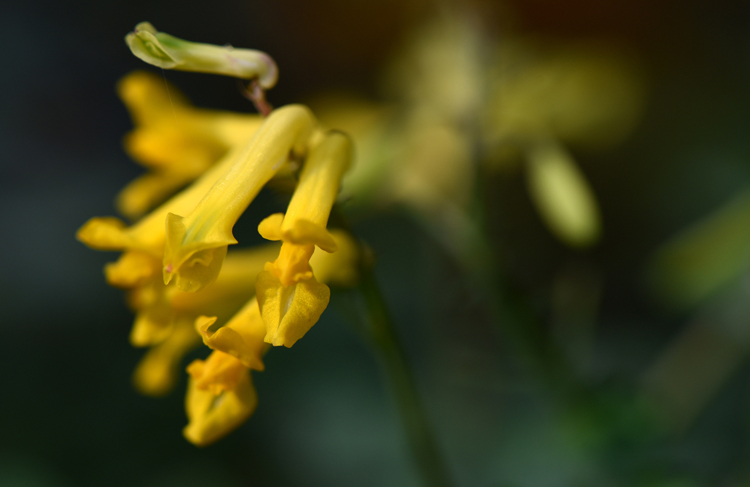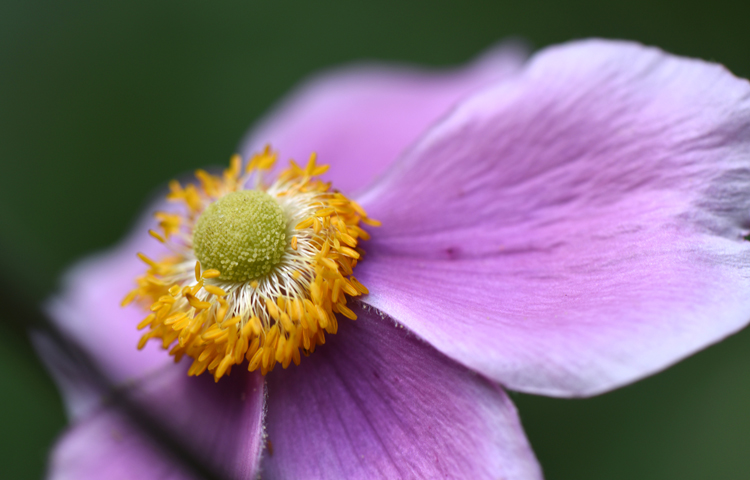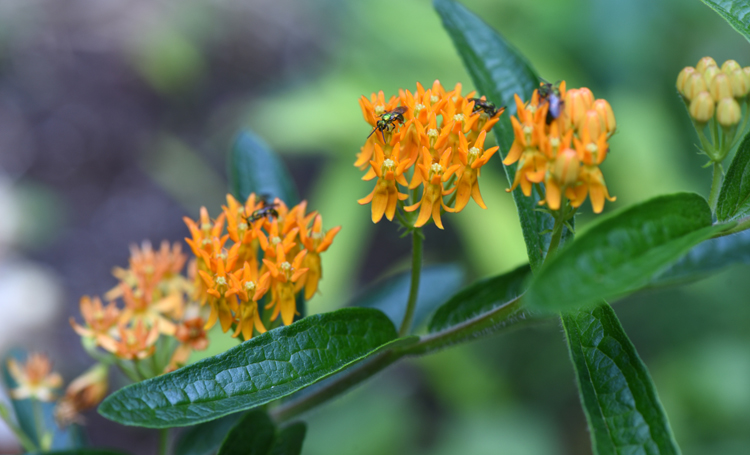Perennials provide low maintenance and great beauty
Posted on: April 24, 2018 | Written By: Doug Oster |
As the tiny sprouts of hosta stems emerge through the cool spring soil, other perennials join them in waking up in the garden.
These plants come back on their own year after year, making many low-maintenance plants. It’s one of the reasons long-time gardeners continue adding them to their landscape. But there’s more to it than that, as they are the backbone of the garden, arriving the same time of the season annually. They are a welcome sight, giving us a sense of how the season is progressing.

Corydalis lutea is a long blooming, beautiful perennial plant. Photos by Doug Oster

Corydalis lutea
This is the perfect time to get them in the ground as long as the soil is ready to be worked. To find out if it’s ready, just turn some over. If it sticks to the shovel, the ground is still too wet. Getting in too early is the worst thing a gardener can do, as persistent clumps of soil will dry to the consistency of bricks.
Amending the planting holes with compost or other organic matter will give the long-living plants everything they need to get them started and keep them thriving.
Compost can be bought by the bag at good nurseries or by the truckload, depending on how much is needed. Being cheap, I’m always looking for the free stuff that some municipalities give away. Check to see if some might be available locally.
Once the soil is improved, it’s important to choose the right plant for the right place. Sun lovers go out in the open, and shade plants go under protection. Plant tags and nursery professionals will help and have information on how big the plants gets.
One of the most common mistakes is planting too close together and then having to move them later. It’s not the biggest problem in the world, but the plants can be set back by changing locations.
Unlike annual plants like impatiens or petunias that bloom from first frost to last, perennials usually have shorter bloom times. For much of the season, they show off foliage and then the flowers are the gravy. Many will get bigger each year and even need to be split to keep them growing strong.
Perennials are also labeled with their hardiness (the country is segmented into temperature zones). Most of Western Pennsylvania is zone 6, but the USDA hardiness zone map will help determine your exact zone. That’s nothing to worry about when buying plants locally as good garden centers would never sell a plant that won’t survive here, but it’s something to carefully look at when ordering online.

Anemone ‘Queen Charlotte’ is beautiful and easy to grow, The flowers appear in August and last for six weeks or so.
With soil ready and sites chosen, it’s time for the fun part — looking for plants. The first place to look is in the yards of gardening friends who will gladly cut off a piece of their favorite plant to share. Every time it blooms, you’ll think of them, and that’s one of the wonderful things about gardening.
Every garden center has benches filled with interesting perennials to fill the garden. Never go to the nursery in a hurry — take your time, poke around and ask questions. I’ve learned so much from the people who deal with these plants every day, and they are an invaluable resource when deciding what to plant. For my garden, I’m looking for low-maintenance plants with the longest bloom times. It doesn’t always work out that way. It might be something as simple as the color of the flower or just the name of a cultivar that makes me swoon for the plant. That’s one of the fun things about shopping, discovering and choosing plants for many different reasons.
Here are some of my all-time favorites and some new ones that I’ve discovered recently.
My No. 1 perennial gets the star treatment whenever I mention perennials; unfortunately it doesn’t have an accurate common name, just the latin ID. Corydalis lutea is one of the longest blooming perennial plants in the garden. The little yellow flowers start in late April and continue well into winter, sometimes flowering as late as December. As a bonus, it’s deer resistant — they’ve never touched it in my garden. The plant thrives in dry shade, growing to 18 inches, but can take sun too and will reach three feet in those conditions. The plant will form a colony after a couple years by throwing seeds everywhere. They are a welcome surprise in containers due to their long period of flowering.
Salvia ‘May Night’ was the 1997 Perennial Plant of the Year and for good reason. This plant is another deer-resistant long bloomer that needs little care from the gardener. It’s happy in the sun and part shade. This plant want to grow, flower, set seed and go to sleep. If the flowers are deadheaded as they go to seed, they will attempt to get more flowers. Give the salvia water if rain is scarce and feed with a liquid organic fertilizer like Grow from Espoma and it should flower again for the end of the season until a hard freeze.

Butterfly weed is a great pollinator plant that helps monarch butterflies and many other insects.
Persicaria virginiana (Variegata Group) ‘Painter’s Palette’ has beautiful green and white variegated foliage that will grow anywhere and needs nothing from us. In fact, be careful as it can overtake a bed, but it’s well behaved in my shade garden. I’ve seen it run in the sun though. In late summer, long stalks appear filled with tiny luminescent red bead-like flowers.
You might not think of garlic chives as an ornamental plant as the fat-bladed stems are a tasty spring treat. The pretty white flowers are long lived and are pollinator magnets. It’s easy to grow, self-sows easily and has beautiful seed heads, too.
There are many types of the shade-loving perennial ligularia but ‘Britt Marie Crawford’ has always been one of my favorites with ‘The Rocket’ running close second. ‘Britt Marie Crawford’ sends up yellowish orange daisy-like flowers in mid summer, but it’s the stunning bronze and purple foliage that puts on a show for the rest of the year. It’s been a staple in my garden for well over a decade, and it’s happily performed on its own, never being watered.
Anemone or windflowers are the queen of the summer garden as they dance in the breeze. ‘Queen Charlotte’ has amazing dark purple buds that give way to lighter flowers and white cottony seed heads. It’s indestructible, and there are many cultivars that are just as tough in white, rose, pink and even double flowers.
Butterfly weed has an unfortunate name as it’s a beautiful and useful garden plant. It’s a type of milkweed which is the only host plant for monarch butterflies. Monarchs are in decline, and gardeners are trying to help by planting different varieties. Butterfly weed is an easy-to-grow perennial with bright orange flowers that also attract a host of other pollinators.
Hostas are candy for deer, but there are thousands of different varieties with leaves as small as a mouse ear to those that are almost as big as an elephant’s. There are a plethora of color combinations and most are tough as nails.
Spend some time exploring nurseries, talking to gardening friends and looking over your landscape to find perennials that will work in the garden. You’ll be so happy you did when they greet you year after year.
Doug Oster is editor of Everybody Gardens, a website operated by 535Media, LLC. Reach him at 412-965-3278 or doster@535mediallc.com. See other stories, videos, blogs, tips and more at everybodygardens.com.